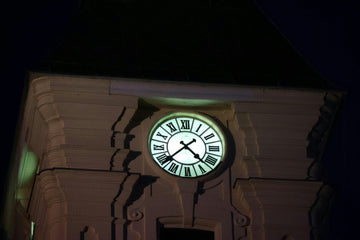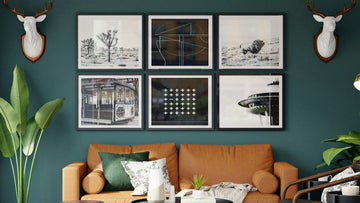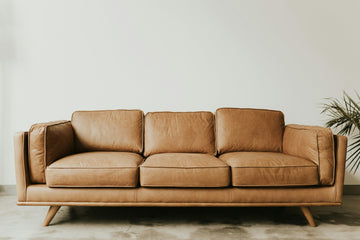Clocks have long held significance in both daily life and interior environments. Beyond timekeeping, their placement and design shape the identity of spaces, merging practical function with visual form. Modern interiors often use clocks not only as devices for punctuality but as central decorative statements.
Wall clocks especially influence spatial rhythm. Large formats attract immediate attention and define focal points, while smaller versions complement groupings of art or shelves. Design variations—round, square, minimal, ornate, or abstract—establish tone and character. Their presence connects movement of time with the stillness of décor, bridging continuity between routine and environment.
Placement requires consideration. Positioned above mantels, in hallways, or in dining areas, clocks anchor sightlines and serve both convenience and balance. Their ticking or silent mechanisms also affect ambiance, subtly guiding interaction with the room. Clocks can also break monotony: circular forms offset straight architectural lines, introducing contrast and rhythm.
Integration with other décor elements enhances cohesion. A clock aligned with wall art, coordinated curtains, or lighting contributes to harmony. When chosen in deliberate scale, clocks prevent empty expanses on walls and add proportion. In this way, clocks transcend simple measurement of hours—they become visual landmarks, shaping rhythm, perspective, and continuity within interior design.



